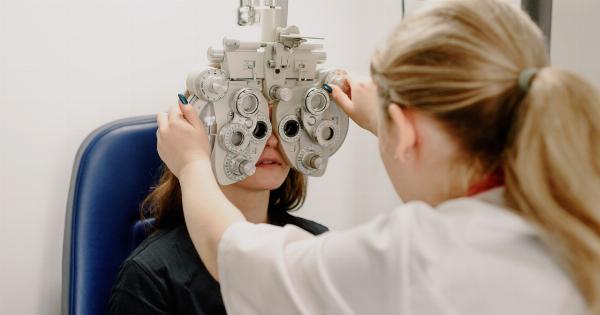Epilepsy is a neurological disorder that affects millions of people worldwide. Characterized by unpredictable seizures, epileptic individuals often face challenges in their daily lives and struggle to find effective treatment options.
Understanding epilepsy
Epilepsy is a chronic disorder of the brain that causes recurrent seizures, which can range from brief episodes of altered consciousness to prolonged convulsions. These seizures occur due to the abnormal electrical activity in the brain.
Epilepsy can affect people of all ages and does not discriminate based on gender or ethnicity.
The limitations of current treatments
Currently, the most common form of treatment for epilepsy is medication. Antiepileptic drugs (AEDs) are prescribed to control seizures and manage symptoms. While medication can be effective for many individuals, it is not a suitable option for everyone.
Some individuals may experience adverse side effects from AEDs, including dizziness, fatigue, and mood changes. Additionally, not all individuals achieve seizure control through medication alone.
For these individuals, alternative treatment options are necessary.
A game-changing solution
A new device has emerged as a game-changer in the field of epilepsy treatment.
This innovative device, known as the Responsive Neurostimulator System (RNS), offers hope to individuals with refractory epilepsy, a type of epilepsy that does not respond to medication.
How the RNS works
The RNS is a surgically implanted device that continuously monitors the brain’s electrical activity. It is placed beneath the scalp and connected to two or more wires that are implanted in the part of the brain responsible for seizures.
The device then detects abnormal brain activity and delivers electrical stimulation to normalize the brain’s activity, preventing or reducing the occurrence of seizures.
Success stories
The RNS has shown promising results in clinical trials and has already transformed the lives of many individuals with refractory epilepsy.
Patients who previously had multiple seizures per day have reported a significant reduction in seizure frequency, leading to improved quality of life.
One such success story is Sarah, a 32-year-old woman who had been living with epilepsy since childhood. Despite trying multiple medications, Sarah struggled to control her seizures and experienced frequent disruptions to her daily life.
However, after receiving the RNS implant, Sarah experienced a dramatic reduction in her seizure frequency. She now has the freedom to pursue her career and social activities without the constant fear of seizures.
Advantages of the RNS
The RNS offers several advantages over traditional epilepsy treatments:.
1. Personalized treatment: The RNS is programmed individually for each patient, allowing for personalized control over the electrical stimulation delivered by the device. This customization ensures optimal results for each individual.
2. Continuous monitoring: Unlike medication, which is taken at specific intervals, the RNS continuously monitors the brain’s activity and responds in real-time.
This allows for immediate intervention when abnormal activity is detected, potentially preventing seizures from occurring.
3. Minimally invasive: The RNS is implanted through a minimally invasive surgical procedure, reducing the risks associated with more invasive treatments.
The device’s small size and discreet placement offer a more comfortable and inconspicuous experience for patients.
The future of epilepsy treatment
The development of the RNS is just one example of the ongoing advancements in epilepsy treatment. Researchers and medical professionals are continually exploring new technologies and therapies to improve the lives of individuals with epilepsy.
While the RNS has already made a significant impact, ongoing research aims to further refine the device’s capabilities.
Future iterations may include enhanced monitoring features, improved customization options, and increased battery life, making the RNS an even more effective tool in managing epilepsy.
Conclusion
The Responsive Neurostimulator System is a game-changing device that offers hope to individuals with refractory epilepsy.
By continuously monitoring and delivering electrical stimulation to the brain, the RNS has the potential to significantly reduce seizure frequency and improve the quality of life for those living with epilepsy. As advancements in epilepsy treatment continue, individuals with epilepsy can look forward to a brighter future with improved management options.




























